One thing I've missed, while waiting for the next adventure, is having new stories to tell. I suppose that’s mind-numbing routine for you. Of course, there is always a story unfolding any place you look, but routine has a way of making it--I don’t know--just seem like more routine.
Just seven more months, I keep telling myself. Things haven't gone quite like I had hoped when I moved to Kentucky, but in seven months, I'll be re-released into the wild.
I tried to go back to sleep when I woke up, but couldn’t. When I left the house to get into my car, I had no destination in mind. I just needed to be going. To where, I didn’t care. The Kentucky road wound through bright autumn trees and that was good enough.
I kept few things from the previous chapter of my life, among them are this ramshackle car and the Neil Young CD playing on the stereo.
“I woke up this mornin’, with love in miiind,” he sang in his shaky voice. Why is it that when I'm going through something, every song I hear seems to have lyrics written about me?
“What am I doing here? What am I doing heeeerre?” he sang.
Just seven more months.
I pulled into a diner for breakfast. Although I’ve come here a few times to write, today I just wanted to feel like I was traveling again. This diner, actually every diner, reminds me of that. I usually write on my laptop, but today I left it in the car. Instead, I picked up an old trail journal that I spotted on the passenger-side floor. I flipped to the back and found a few blank pages, so tucked it into my back pocket and went inside.
A few months ago, I walked in with my laptop and a waitress asked, “So do you come in here to do homework or are you a writer?”
I wish I could have said writer, but until I write something worthy of publishing or at least finish a book that seemed presumptuous, so I said, "I just come in here to write."
"I knew you were a writer! I won the bet! I can't wait to rub it in her face," she said.
"Bet?"
"Another girl here said you were either a student or a serial killer," she said.
"Oh," I said. "Wait, why did serial killer make the list?" Honestly, I was just happy to know I can still pass for a student, but I was curious.
"Well you know how people are these days," she said.
Apparently I don't, but then again, I don’t watch much TV.
She came back later with my food. Before turning to walk away, she said in a soft voice, "I'm glad you're not a serial killer."
“Me too," I said, matching her tone and blushing, obviously.
Today, I sat at the counter as always, but the writer v. serial killer waitress wasn’t here. Someone else took my order. She was thin, her hair dyed black, and her skin was tanning-bed-orange. The tattoo banded around her bicep was probably older than that other waitress. When she smiled, she showed a mouth of large crooked teeth and big gums, but it was a friendly smile nonetheless. I ordered the breakfast special with coffee then flipped to a blank page in my journal.
I was in my own little world when a man in a white-collar sidled up to the stool next to me. He had no choice but sit next to me, because it was the only empty seat in the whole place.
Do I really look like a serial killer?
He set his cell phone on the counter and sat down. “I’ve never seen this place so busy," he said.
I looked around to see that he was right, but the place was always busy. I liked that about it. Short order cooks were always lined up behind the counter flipping pancakes, eggs, and hash browns on a stove that smoked and hissed. Waitresses were frantically busing tables, topping off coffee cups, and washing a perpetual influx of dirty dishes.
“I’m going to need singles!” the woman at the counter yelled to anyone. No one answered right away. There was only the sound of sizzling food, customer chatter, and silverware clinking on dishes. Finally my waitress said, “Let me wash my hands and I’ll get you some singles, hun.”
“I need an omelet plate covered and smothered with raisin!” another waitress yelled to the cooks. Freshly dropped food hissed loudly on the stove, as did the dishwasher's sprayer blasting sticky syrup off a plate. There was barely enough room for all the workers behind the counter.
The busyness distracted me from my thoughts. Maybe that’s why I like it. It's a vacation from myself. I suspect that if I thought about this longer, I'd discover another reason why I love backpacking.
“Hey, here comes my Bacon Man!” the black-haired waitress said with a big-toothed smile.
I turned to see who she was talking about. The Bacon Man was an elderly liver-spotted man hunched over as he shuffled into the diner. Upon hearing her greeting, a contagious smile grew on his face, like he just remembered he was alive. The somewhat flirtatious way the waitress talked to him made her seem more like a nurse than a waitress, important in ways that perhaps nobody, except the Bacon Man, will ever know.
“Does anyone here take orders?” the white-collared man asked.
The dishwasher turned off the sprayer and while drying her hands said, “I’m sorry sir, what can I get for ya?”
“How about you get me one of those things with the pictures of food on it,” he said, even though the word “menu” would do. I suppose that wouldn’t be condescending enough. “I want to point at what I want, so you don’t get it wrong.”
Ugh, what a jackass, I thought.
He wagged a thumb toward me and said, “This guy asked me if I brought any sandwiches.”
He chuckled, but instead of returning the laugh I looked up at the dishwasher and calmly said, “I’m not in a hurry. Take your time." He stopped laughing and there was a moment of awkward silence. I don't like being rude, but I also didn't like being pulled onto his team. I searched around inside myself for that feeling of guilt, which normally follows any sort of rudeness, but it wasn't there. It kind of felt good.
I went back into my journal and my own little world. When the dishwasher left with his order, he turned to me and said something that I couldn't hear from inside my introverted bubble.
“What’s that?” I asked.
“I said I’ve never seen it this busy in here,” he said again.
“That’s the problem when you’re in the service industry,” I said. “The busier you get, the harder it is to keep people happy. Which guarantees that the harder you work, the less you’re appreciated.” He never said another word to me, or anybody.
“You need more coffee, babe?” the waitress asked. I said yes and slid my cup forward. She filled it and moved on to someone else. She never stopped moving, but she never seemed stressed either. Rather, she had the face of someone who just learned some really great news.
“I need double hash browns scattered!”
“Coming through!”
She glided through the crowded kitchen toward a family who had just walked in. As she passed, she stopped at the stove to flip something with a silver spatula for an overworked cook. She tore off a long piece of brown paper towel from a roll to clean up a spill for the dishwasher
“These waffles need re-baked!”
“I still need an order of poached!”
I imagined how good it would feel, after the long day ahead of her, when she finally got to fall into her pillow and go to sleep, but I have a feeling her day of work doesn’t end after her shift. When she finally made it to the new customer’s table, I couldn’t hear her over the sounds of the busy diner, but I could see that she was making their little boy laugh.
A few coins clinked onto the counter next to me. The white-collared man left his tip and stood up to pay his check. The waitress returned as he made his way for the door and yelled, “Thanks babe, you have a great day!”
The dishwasher walked behind her and tucked one of those long pieces of brown paper towel into the back of her shirt collar like a cape, as though she needed any help to look like a superhero.
By simply being who she is, the waitress alleviated some of my misery. More importantly, she made me see the stories unfolding all around me again, stories that have nothing to do with me, stories that get me out of my own head. I stood up from my stool to pay the check, but just like the Bacon Man, I’ll be back again.
Next to the register was a white donation bucket with a photo taped to the side. Huddled close together to fit in the picture's frame was an attractive young woman with her husband and three small children. While the infant stared confusedly at the photographer, the older kids seemed to be saying, "Cheeeeese!"
“Did you hear about that on the news?” the waitress asked when she saw me looking. I shook my head and handed her my check.
“She worked here.” I panned down to the words 'Memorial Donations' printed under the photo.
“She was killed three days ago in a car accident,” the waitress said. I looked back at the photo and stared at the young smiling father with his three beautiful children. I imagined what his face must look like today. Suddenly, my problems and depression seemed embarrassingly petty and small.
“That'll be nine-eleven,” the waitress said, as though pressing the point just a little bit further.
When I returned to my car, I started the engine and shifted to reverse. The Neil Young song came back on the stereo.
“I’ve seen looove make a fool of a man. He tried to make a loser win,” he sang for me in his shaky voice. “But I’ve got nothing to lose I can’t get baaack again.”














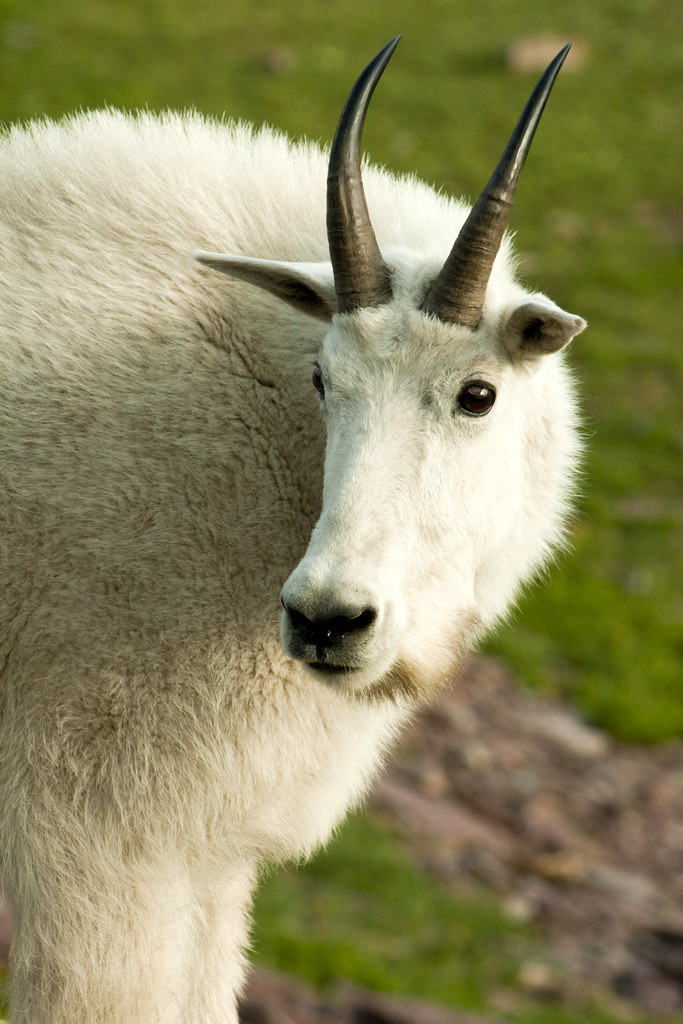



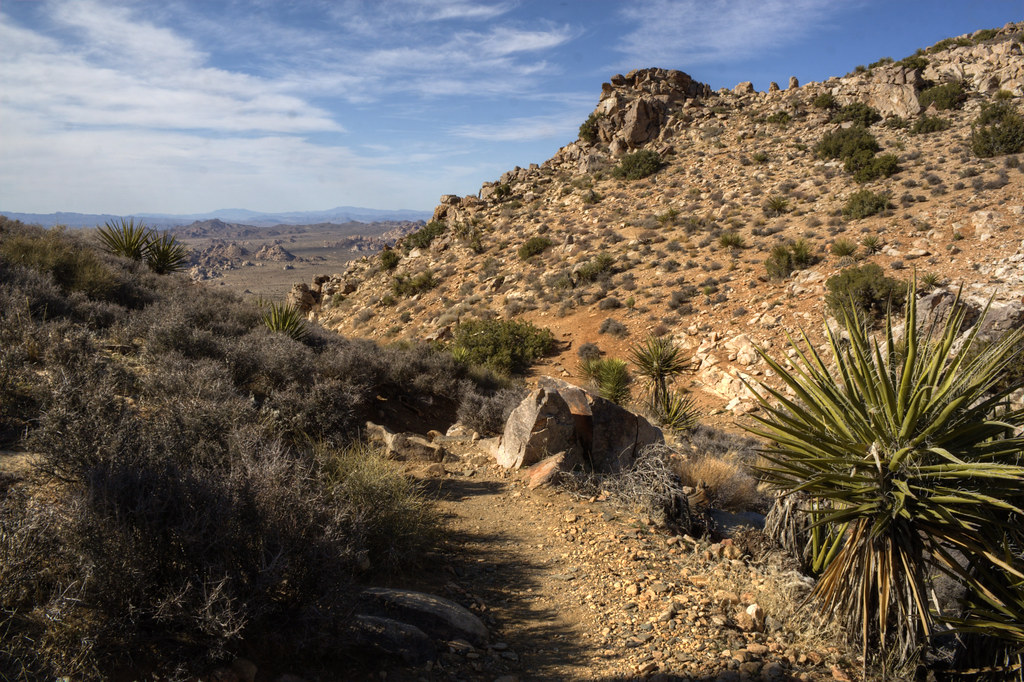









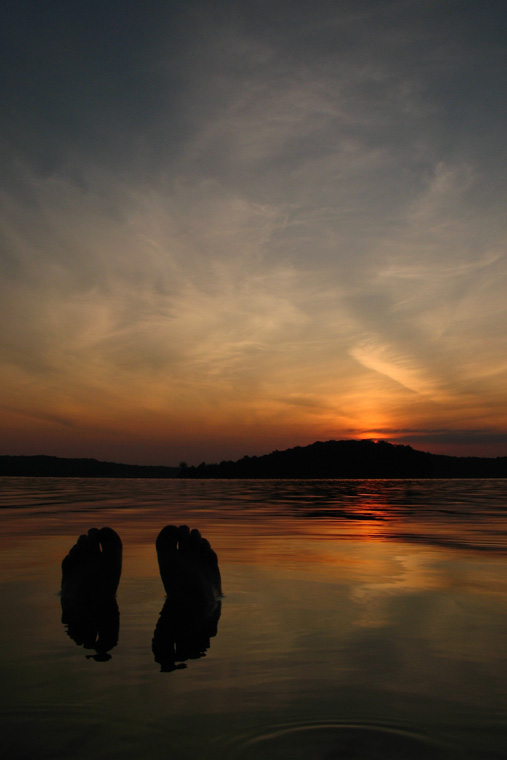





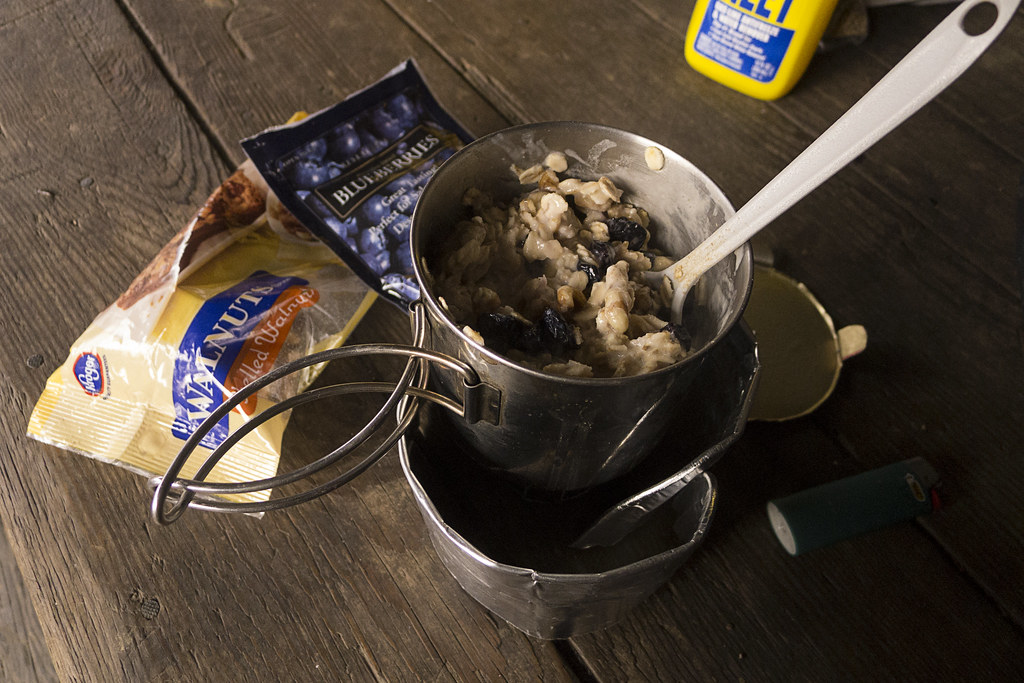



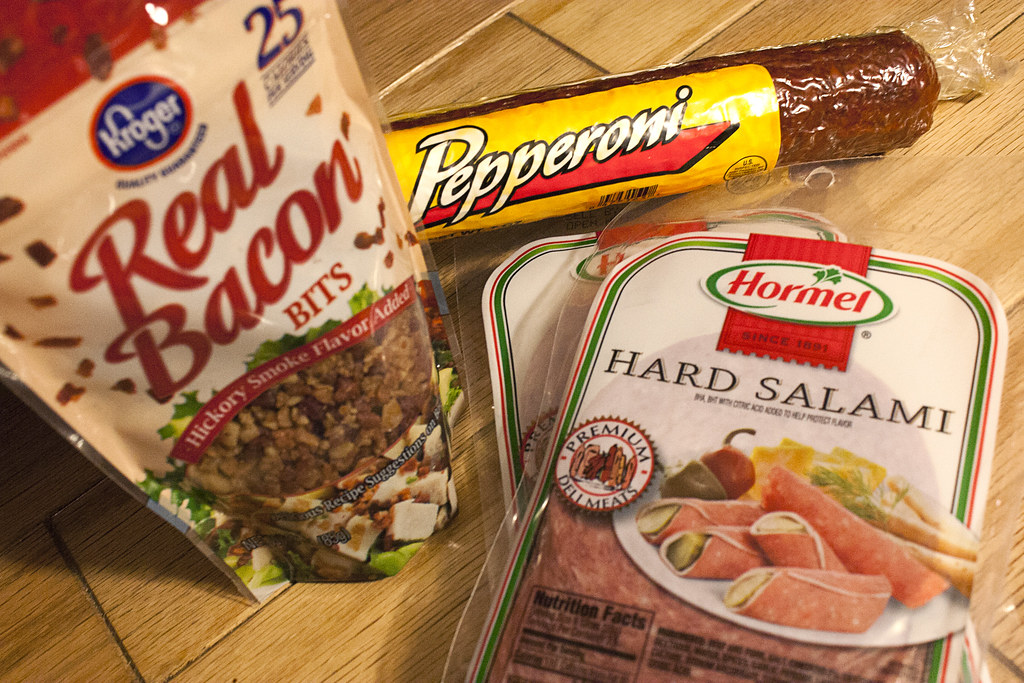
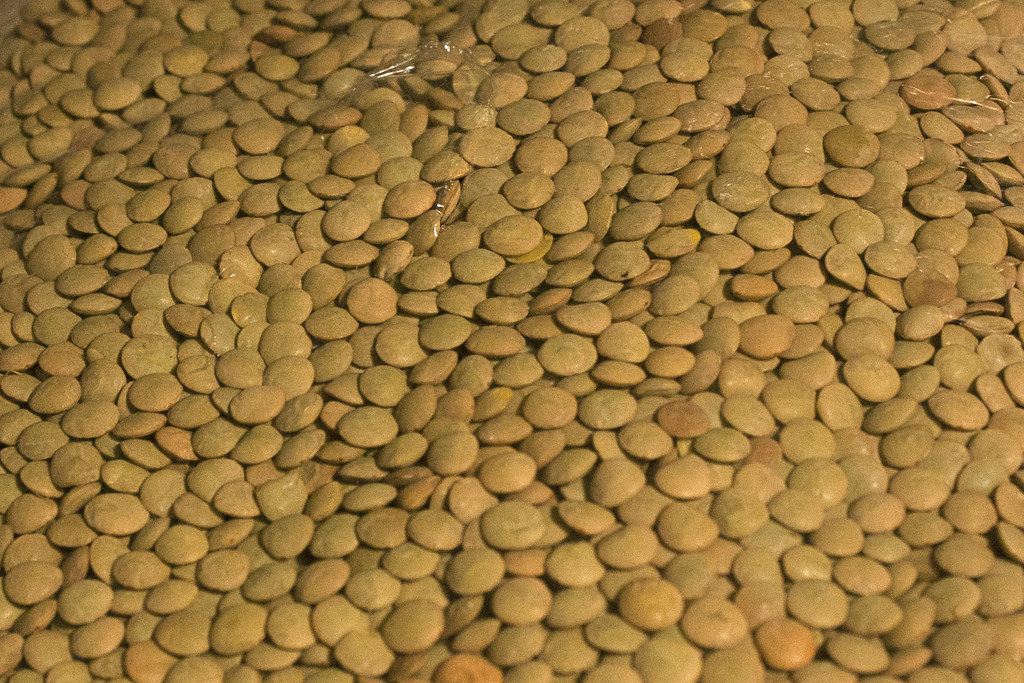













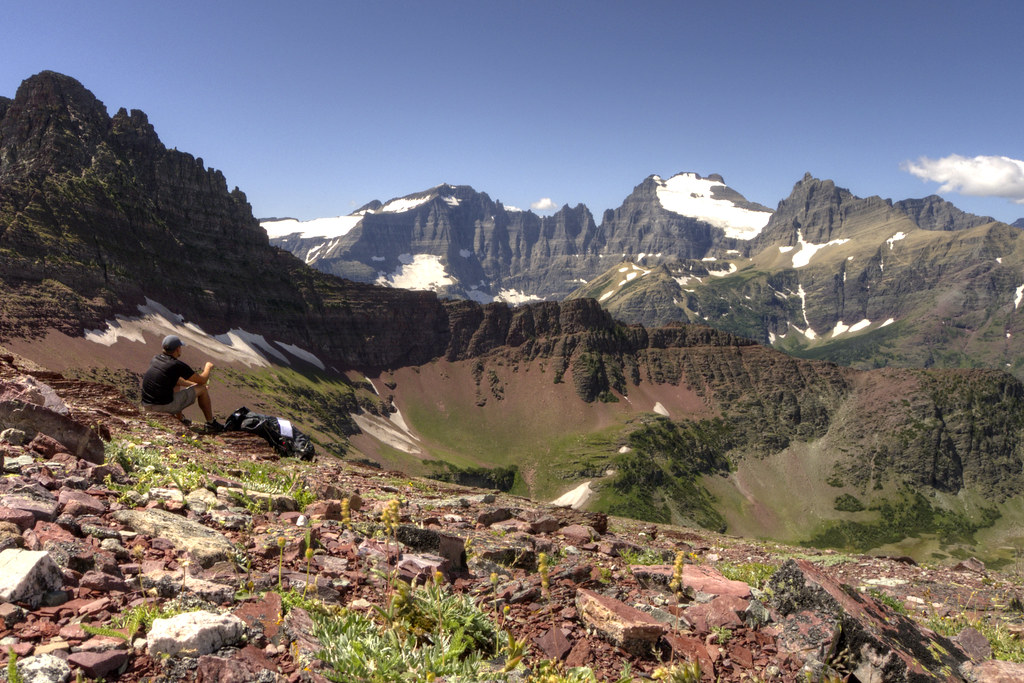
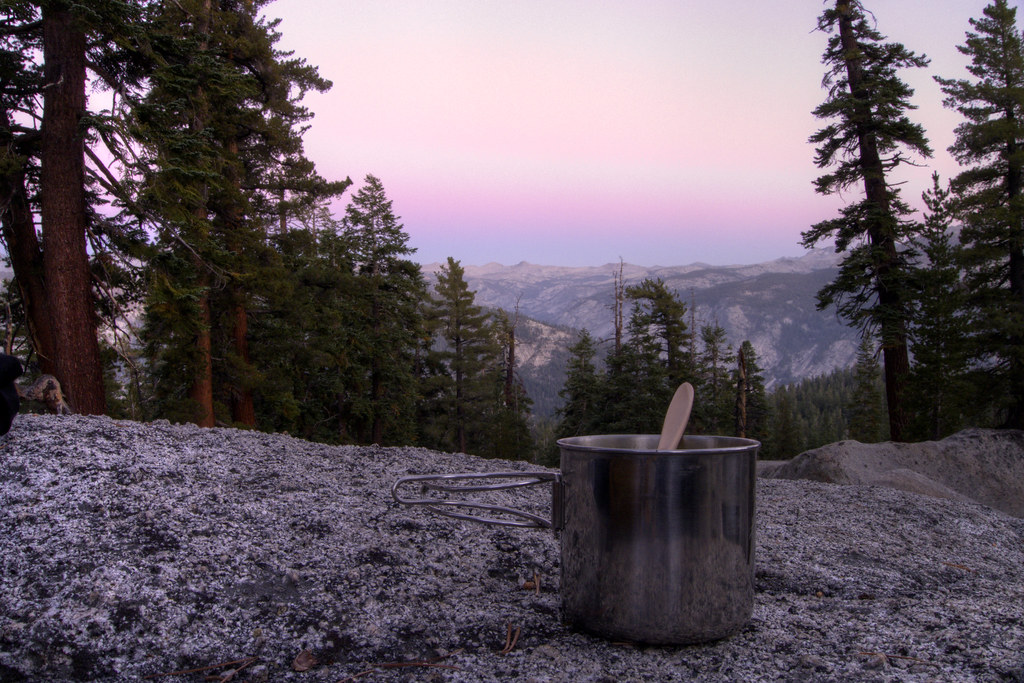



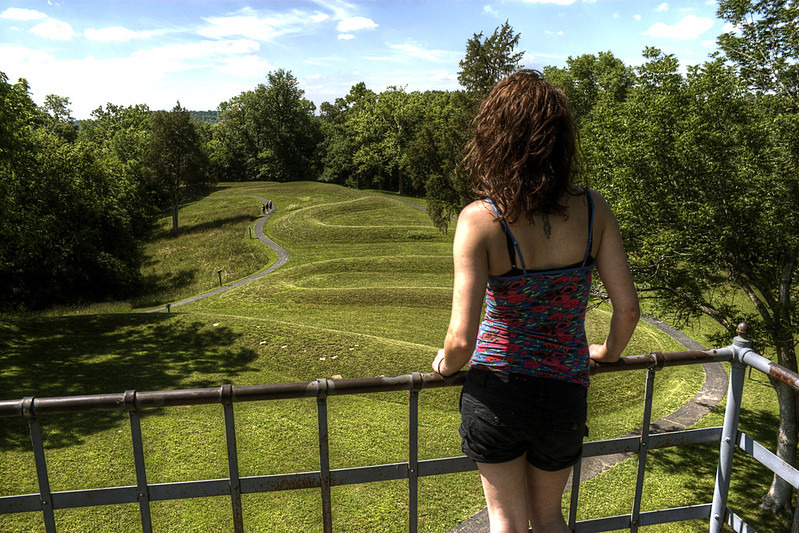
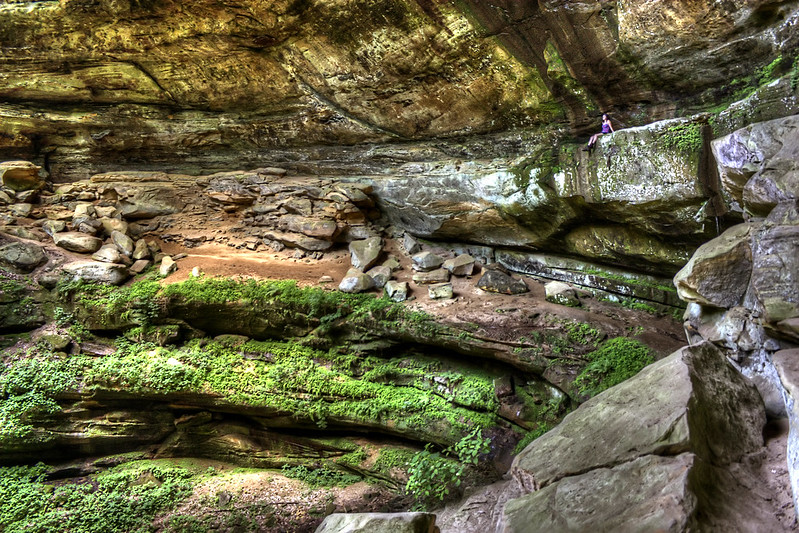
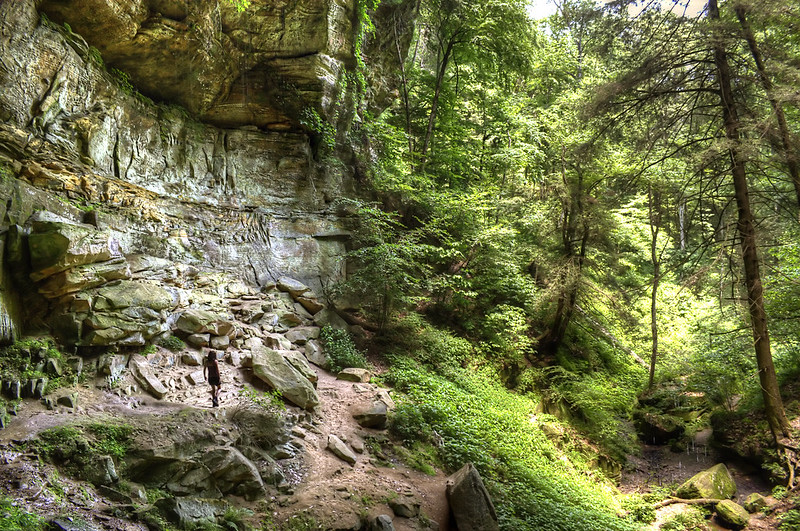
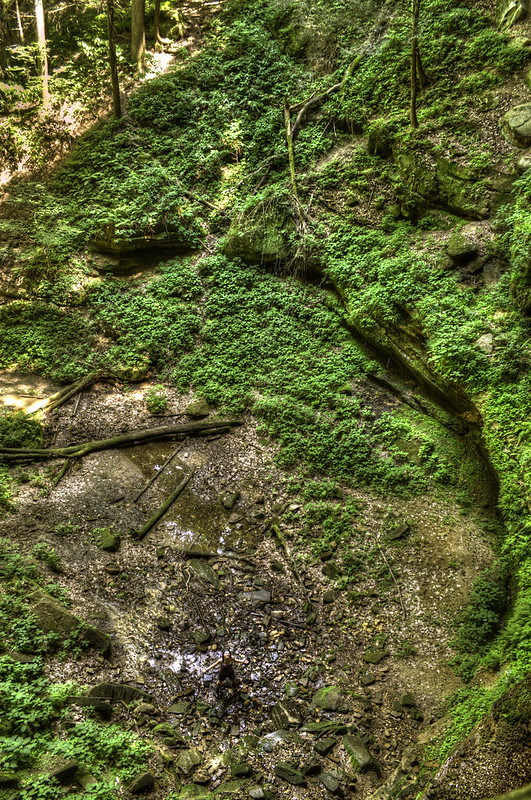
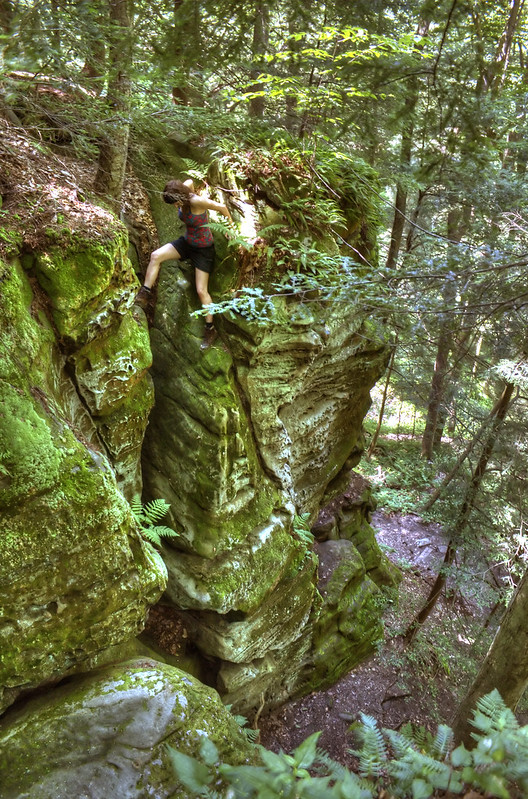

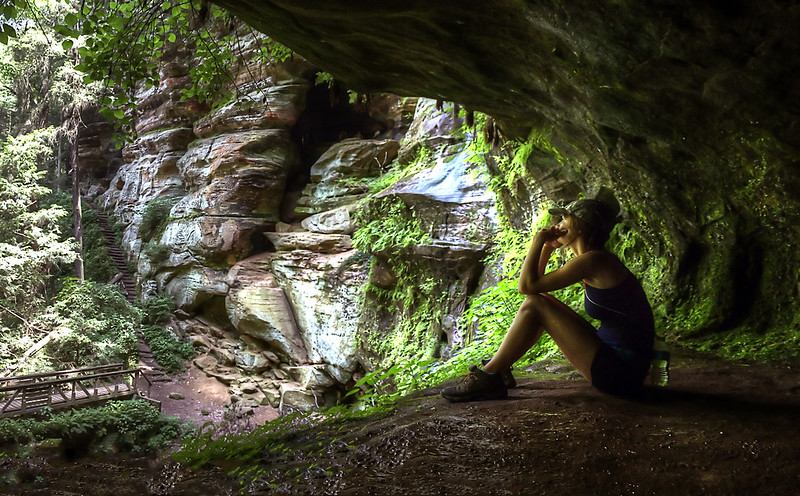
com.jpg)







